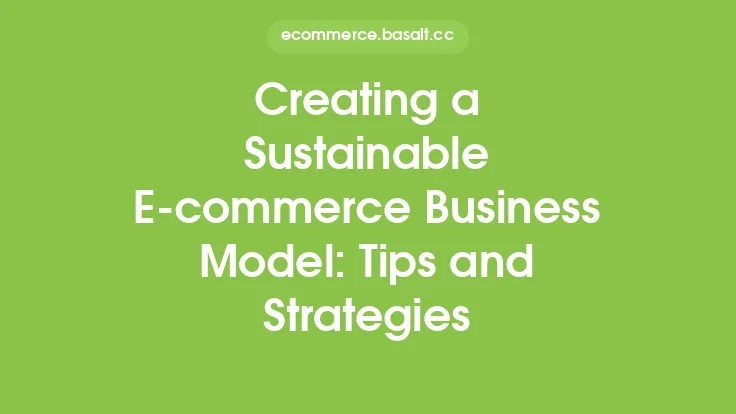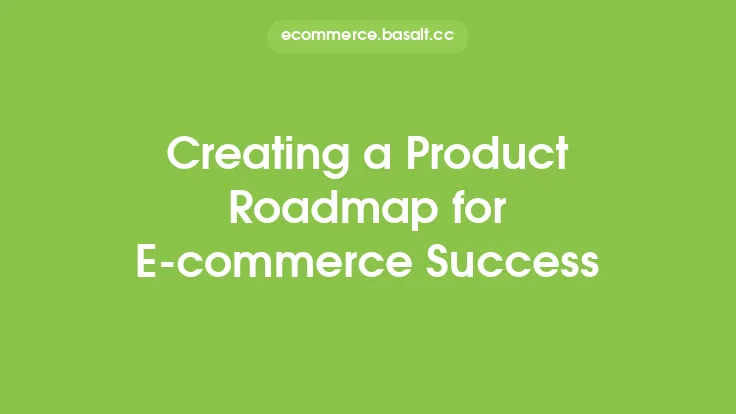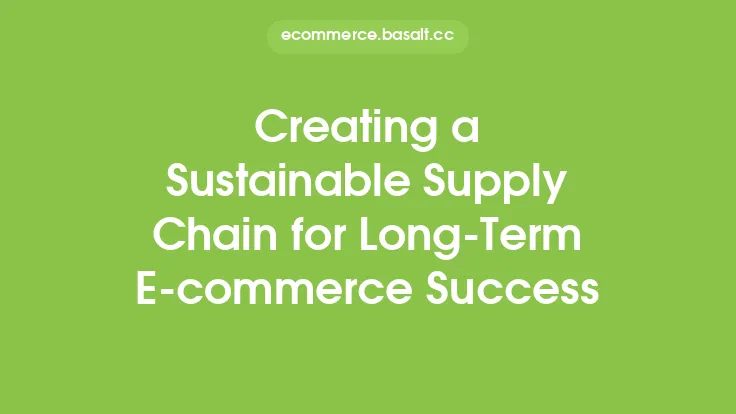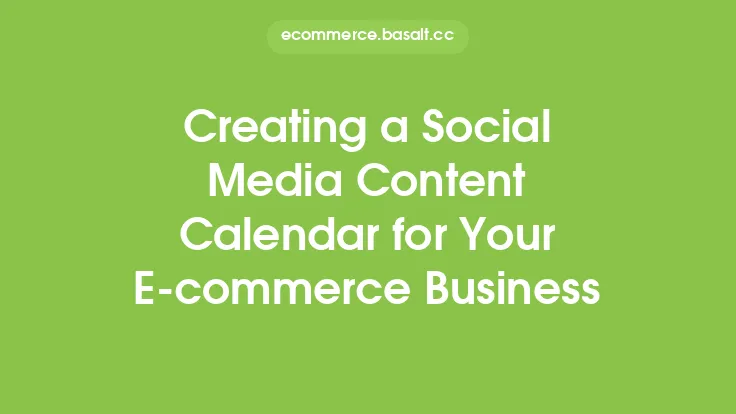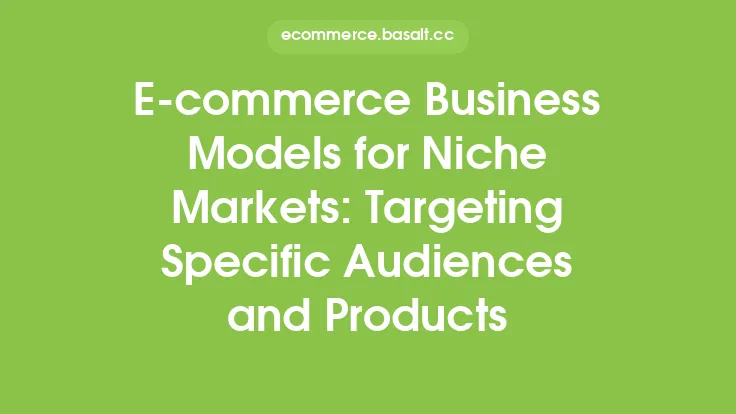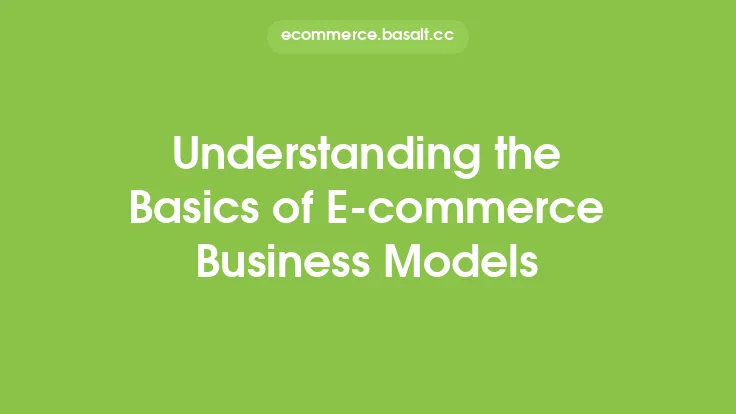In the world of e-commerce, business models are constantly evolving to meet the changing needs of consumers and stay ahead of the competition. One approach that has gained popularity in recent years is the hybrid e-commerce business model. This model combines different sales channels, product offerings, and fulfillment strategies to create a unique and flexible business that can adapt to the ever-changing market landscape. In this article, we will explore the concept of a hybrid e-commerce business model, its benefits, and how to create one for success.
What is a Hybrid E-commerce Business Model?
A hybrid e-commerce business model is a combination of different e-commerce models, such as business-to-business (B2B), business-to-consumer (B2C), and direct-to-consumer (D2C) sales. It can also involve a mix of online and offline sales channels, such as physical stores, marketplaces, and social media platforms. The key characteristic of a hybrid model is its ability to adapt and evolve with the market, allowing businesses to respond quickly to changes in consumer behavior and preferences.
Benefits of a Hybrid E-commerce Business Model
The benefits of a hybrid e-commerce business model are numerous. Firstly, it allows businesses to reach a wider audience and increase their market share. By combining different sales channels and product offerings, businesses can cater to different customer segments and preferences. Secondly, a hybrid model provides flexibility and adaptability, enabling businesses to respond quickly to changes in the market and stay ahead of the competition. Thirdly, it can help businesses to reduce costs and increase efficiency by leveraging different fulfillment strategies, such as drop shipping and in-house fulfillment.
Key Components of a Hybrid E-commerce Business Model
A hybrid e-commerce business model typically consists of several key components, including:
- Multiple sales channels: This can include online marketplaces, social media platforms, physical stores, and direct-to-consumer sales.
- Diverse product offerings: This can include a mix of physical and digital products, as well as different product categories and brands.
- Flexible fulfillment strategies: This can include in-house fulfillment, drop shipping, and third-party logistics.
- Data-driven decision making: This involves using data and analytics to inform business decisions and optimize operations.
Creating a Hybrid E-commerce Business Model
Creating a hybrid e-commerce business model requires careful planning and execution. Here are some steps to follow:
- Conduct market research: Identify your target audience, their preferences, and shopping habits.
- Define your business goals: Determine what you want to achieve with your hybrid model, such as increasing sales or expanding your customer base.
- Choose your sales channels: Select the sales channels that best fit your business goals and target audience.
- Develop a product strategy: Decide what products to offer and how to source them.
- Implement flexible fulfillment strategies: Choose the fulfillment strategies that best fit your business needs and customer expectations.
- Use data and analytics: Use data and analytics to inform business decisions and optimize operations.
Challenges and Opportunities of a Hybrid E-commerce Business Model
While a hybrid e-commerce business model offers many benefits, it also presents several challenges and opportunities. One of the main challenges is managing multiple sales channels and product offerings, which can be complex and time-consuming. Another challenge is integrating different fulfillment strategies and ensuring that they meet customer expectations. However, these challenges also present opportunities for innovation and growth. By leveraging technology and data analytics, businesses can streamline their operations, improve efficiency, and provide a better customer experience.
Best Practices for a Hybrid E-commerce Business Model
To succeed with a hybrid e-commerce business model, businesses should follow several best practices, including:
- Focus on customer experience: Provide a seamless and consistent customer experience across all sales channels.
- Be flexible and adaptable: Be prepared to pivot and adjust your business model as the market evolves.
- Use data and analytics: Use data and analytics to inform business decisions and optimize operations.
- Invest in technology: Leverage technology to streamline operations, improve efficiency, and provide a better customer experience.
- Monitor and evaluate performance: Continuously monitor and evaluate the performance of your hybrid model and make adjustments as needed.
Conclusion
A hybrid e-commerce business model offers a flexible and adaptable approach to e-commerce, allowing businesses to reach a wider audience, increase their market share, and stay ahead of the competition. By combining different sales channels, product offerings, and fulfillment strategies, businesses can create a unique and successful e-commerce model that meets the changing needs of consumers. While creating a hybrid model requires careful planning and execution, the benefits and opportunities it presents make it an attractive option for businesses looking to succeed in the ever-changing world of e-commerce.
